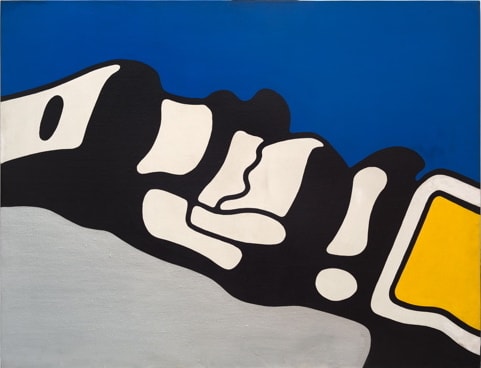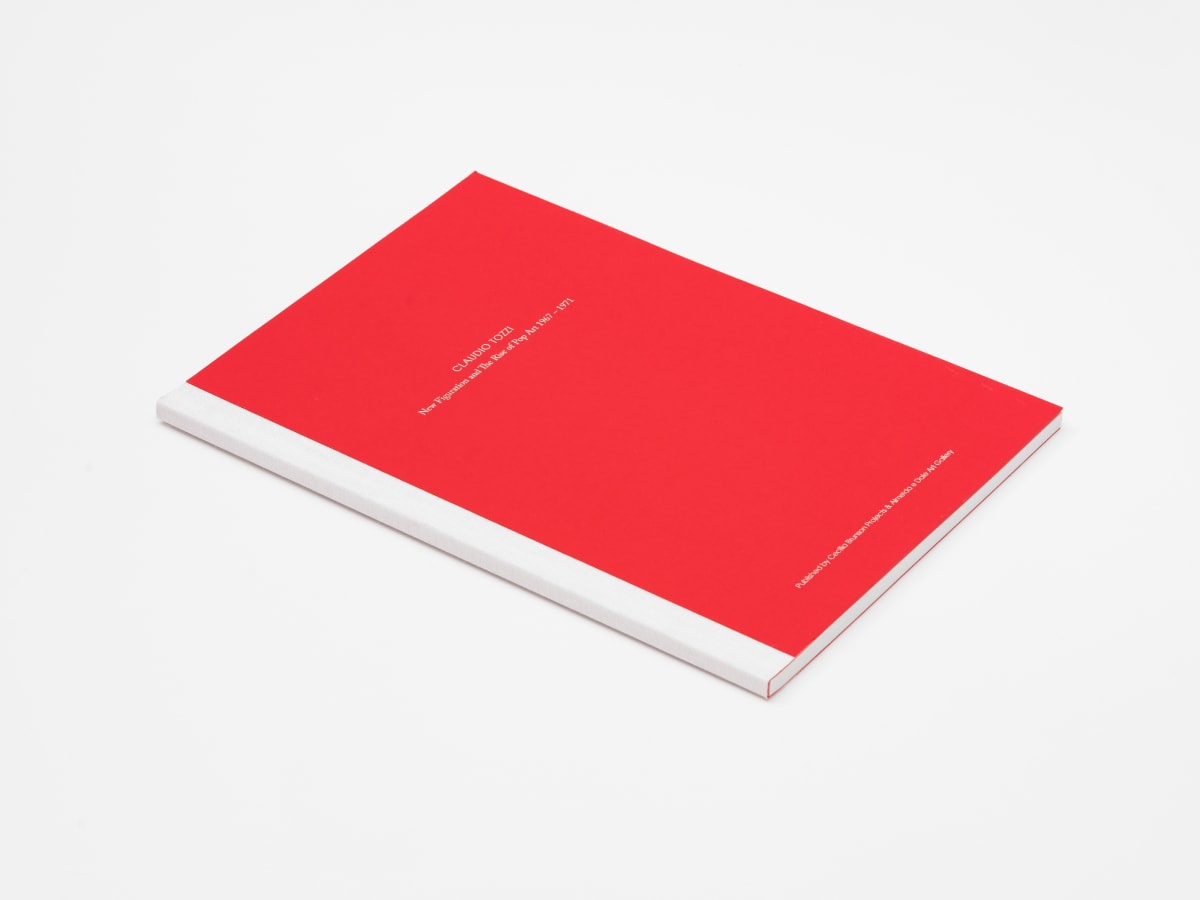Claudio Tozzi: New Figuration and the Rise of Pop Art (1967-1971)
Claudio Tozzi: New Figuration and The Rise of Pop Art 1967 – 1971 focuses on the first solo exhibition of this important Brazilian artist in the United Kingdom. Claudio Tozzi’s work shines a particular light on the politics of Pop Art in the late 1960s and early 1970s in Brazil.
This exhibition organised by Cecilia Brunson Projects and Almeida e Dale Art Gallery, Sao Paulo, focuses on a key moment in Claudio Tozzi’s artistic journey: the short period between 1967 and 1971. This was a highly charged political time in Brazil, some of the harshest years of the 1964 – 1985 dictatorship. To be able to produce art that could survive censorship or, even worse, punishment, Tozzi and others were forced to adopt differing artistic stances that often polarised artists as well as curators.
While at the University of Sao Paulo, Claudio Tozzi met critic and physicist Mário Schenberg, who quickly identified his work with Brazilian new figuration, a contemporary alternative to the Concrete Avant-Gardes. Tozzi’s interest in figuration developed from a necessity of working with his social and political reality. The photographs he took were processed in a photographic laboratory trying to obtain high contrasted images that were later cut out, assembled and juxtaposed. Moreover, as the photographic images of newspapers or magazines were blown up, the individual dots of granulation became apparent. This made way for thinking about the paintings as reticules, and using colour and composition to exacerbate the disintegration and, new integration, of the image. These individual dots remind us not only of Roy Lichtenstein but also of the German Sigmar Polke and his dual focus on how images are mediated and disseminated alongside a silent critique of bourgeoise consumer culture and cold war politics.
The exhibition includes a publication with essays by Lecturer and Scholar Dr. Isobel Whitelegg, Ricardo Camargo, and Cecilia Brunson. Historical material was provided by the artist archive and works shown in the exhibition and, reproduced in the publication, were provided thanks to the collaboration with Almeida e Dale Art Gallery in Sao Paulo, Brazil.













